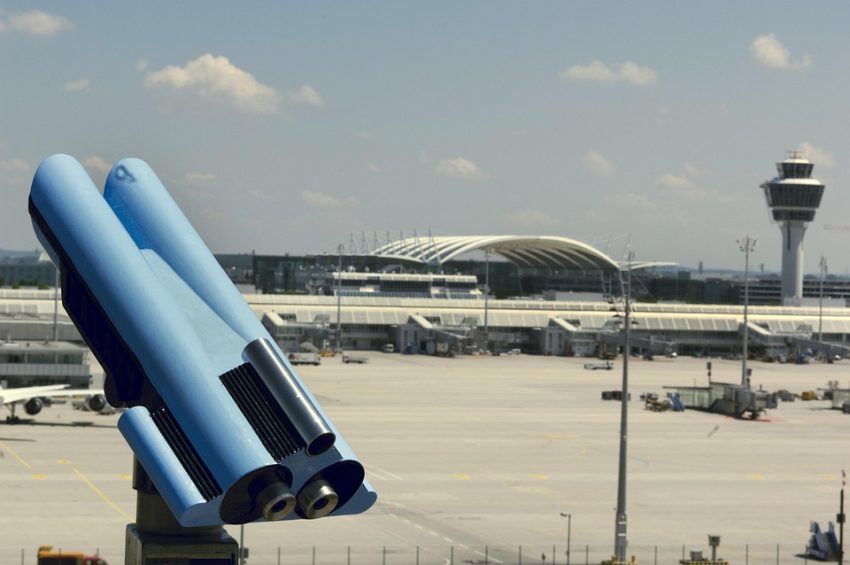Lately, there’s been a buzz about Munich Airport becoming the next major hub to introduce a virtual air traffic control tower. Some even think it’s already a done deal. But while there’s exciting progress in that direction, the reality is more uncertain, and more experimental, than the headlines suggest.
So, What’s Actually Happening?
In early 2024, Frequentis DFS Aerosense, a joint venture between the German air traffic control provider DFS and the technology company Frequentis, was selected to install a virtual tower validation system at Munich Airport. This is not an operational tower replacement, but a testing phase to see whether such a system could work at a large, complex airport like Munich.
The idea is to stream high-definition camera feeds, 360-degree panoramic and zoom views, from cameras mounted on the existing tower to a remote control room located at DFS’s Munich site. There, air traffic controllers will conduct simulations and performance tests throughout 2025.
Why Test It Now?
One key reason: Munich’s existing tower is due for renovation. That has triggered the need to explore whether a virtual system could temporarily replace, or at least supplement, the traditional control tower while work is underway.
But that’s just one possibility. There is no final decision yet on whether the virtual system will actually be used during renovation, or what would happen if it can’t handle the full traffic load.
Are There Risks? Definitely.
This wouldn’t be the first virtual tower, other airports in Europe already use them. But Munich would be the first major international hub to seriously test a virtual tower for such high levels of traffic, including independent parallel runway operations.
And that’s where the uncertainty lies.
So far, no virtual system has managed the scale and complexity of a hub like Munich. The 2025 validation phase is meant to answer some big questions:
- Can controllers maintain full situational awareness using only screens and sensors?
- Can the system safely handle the volume and complexity of Munich’s traffic?
- And if not, what’s the backup plan?
It’s possible that traffic might need to be reduced during renovation if the virtual system isn’t capable of full capacity, and if there’s no other alternative.
Timeline at a glance
| Milestone | Timing |
|---|---|
| Contract awarded to Frequentis DFS Aerosense | February 2024 (Airspace World 2026, | Aviation News Ltd) |
| System setup at DFS Munich branch | Early 2025 |
| Operational and technical validation under Project ViCTORiA | Throughout 2025 (DFS Aviation Services, Airspace World 2026) |
| Final decision on use cases (e.g. interim tower) | After validation |
| Possible contingency deployment | Future, pending results and approvals |
Will Munich Get a Virtual Tower in the Future?
We’re not saying that Munich will not get a virtual tower. But as of today, nothing has been decided, and it’s still unclear what the test results will mean for the long-term future of air traffic control at the airport.
If the system performs well, it might be used temporarily during tower renovations, or even kept on as a contingency system. But there is no official plan to replace the traditional tower entirely, and no announcement that a permanent transition to virtual control is coming.
For now, this remains an important experiment, one that could shape the future of air traffic control, or simply inform future planning with useful data.
Only time will tell!
Sources and Further Reading
- DFS and Frequentis: Validation System for Virtual Tower in Munich
- Frequentis press release on project start
- DFS Project ViCTORiA – Airspace World
- FlightGlobal: Virtual Tower Exploration at Munich
- Airfield News: Digital Tower Validation at Munich
Editor’s note: As a union, we are not in favour of virtual tower solutions—especially when applied at large and complex airports. This article is based solely on currently available facts and official sources. We’ve published it in response to recent claims that Munich is definitively moving to a virtual tower. While trials are underway, no final decision has been made. You can read more about our position and concerns in this post about Luxembourg, our explanation of the Digital European Sky, and a detailed comparison between remote and traditional towers.


